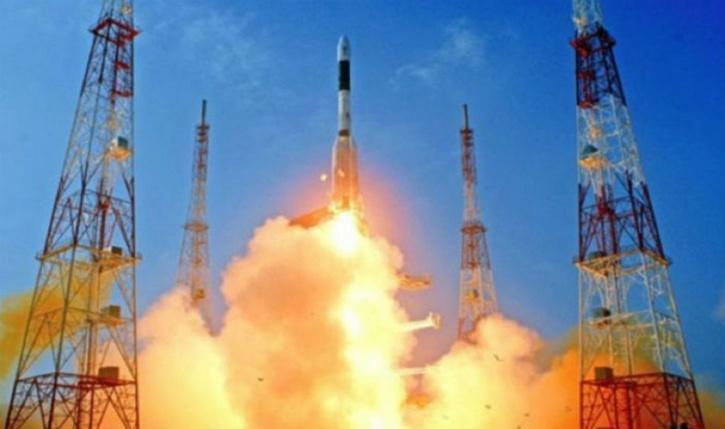New HysIS Earth Observation Satellite Launched by ISRO
Major first Indian satellite, Aryabhata, was put into the orbit from a Russian Cosmodrome in 1975. Since then Indian Space Research Programme has raised many pinnacles of success and glory.
The vision which was incepted by Dr.Vikram Ambalal Sarabhai, the Father of the Indian space programme, has made us proud spectators of one more great milestone reached by ISRO on 29 November. The Indian Research Organization’s workhorse, the PSLV C43 rocket, carrying 30 satellites, soared into the sky from Sriharikota on 29 November, 2018.
PSLV-C43 lifted off at 0957 hrs (IST) on November 29, 2018, from the First Launch Pad (FLP) of Satish Dhawan Space Centre SHAR, Sriharikota.
What is HysIs Satellite?
HysIS (Hyper Imaging Spectral Imaging Satellite) is the primary satellite of PSLV-C43 mission. Its main feature is its weight that is about 380 kg. This satellite is configured around ISRO’s Mini Satellite-2 (IMS-2) bus. The primary goal of HysIS is to study the earth’s surface in the visible, near infrared and shortwave infrared regions of the electromagnetic spectrum.
It is the sixth satellite launch in 2018 which is remarkable in the overall history of Indian space programs. ISRO chairman K Sivan announced after the launch and congratulated the directors and scientists of the ISRO. He said, “HysIS has a state-of-the-art technology which will be used for distinct identification of objexts, material or processes on the earth. Only a few countries have been able to master this technology. The satellite will start sending images 5 days after the launch.”
Benefits of HysIS Satellite
HysIS is an earth observation satellite and can be helpful to the technology. Some of its benefits could be:
- The satellite will be used for forestry, soil survey
- It will help in the study of inland water
- Detection of pollution from industries and factories
- Helpful to military for surveillance of anti-terrorism activities as its an earth observation satellite
More about India Satellite Mission, 29 November 2018
The ISRO satellite launch program carried on 29 November had 30 commercial satellites, including one micro and 29 nano-satellites, from eight different countries. These satellites were launched successfully and have been commercially contracted for launch through Antrix Corporation Limited, the commercial arm of ISRO. Out of 30, 23 satellites were from the US.
The launch of HysIS satellite was done on Polar Satellite Launch Vehicle (PSLV), PSLV-C43 which is a four-stage launch vehicle with alternating solid and liquid stages. It is the lightest of the PSLV family of launchers and is the core alone version of PSLV, without the six strap-ons. It does not have any added booster engines which make it unique from the other PSLV variants.
Fourth stage engine positioned the 30 passenger satellites into their sun-synchronous polar orbit. The engine was turned off after the earth observation satellite of India was installed at the height of 636.3 km, exactly 17.27 minutes after the rocket lifted off. After this, the engine was initiated again, launching the rest of the satellites at the altitude of 504 kms.




